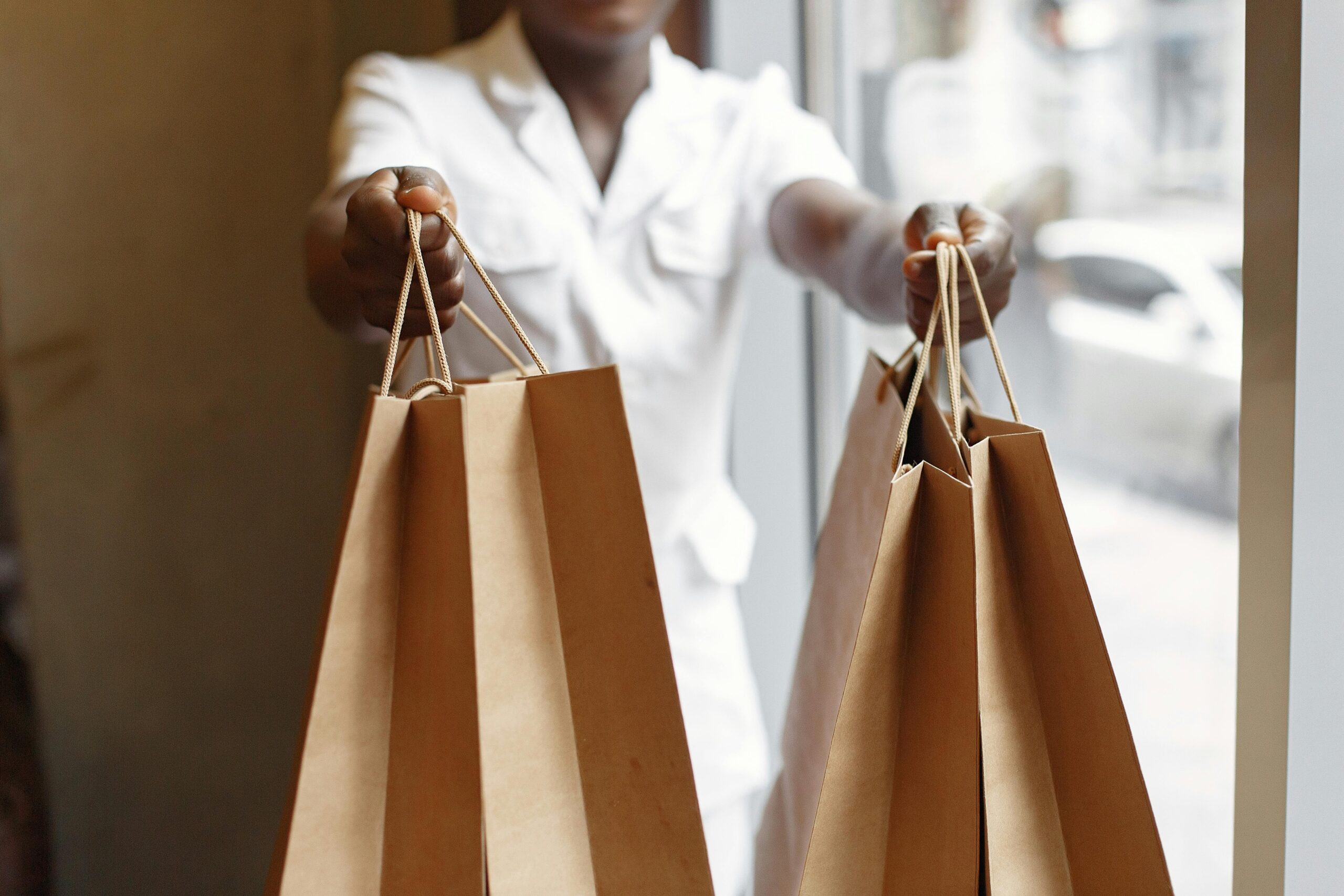If you’ve ever splurged on a luxurious fashion piece from an international brand, only to be blindsided by a massive shipping or customs fee, you’re not alone. More and more shoppers, especially Black women treating themselves to global styles, are feeling the sting of something they didn’t expect at checkout: tariffs.
No, this isn’t just about higher shipping costs or premium delivery services. This is about unexpected bills of hundreds or even thousands of dollars just to receive items already paid for.
First, What Are Tariffs?
Tariffs are taxes imposed by governments on imported goods. Think of it like a toll for your package to cross into the U.S. When a brand manufactures its goods overseas or is based internationally, U.S. customs may charge duties, commonly known as tariffs, to bring that package to your doorstep.
The idea behind tariffs is to protect American industries and encourage domestic production. But for individual shoppers, the impact can be unexpected and financially painful.
Why Are You Paying So Much?
When you order from a foreign brand or a company that ships from outside the U.S., even if the brand markets heavily to American customers, you may be responsible for customs duties in addition to what you already paid at checkout. These duties are calculated based on several factors, including the value of the goods, the materials they’re made of, and the country of origin.
A $600 dress from a UK designer might sound like a justifiable splurge, but depending on how it’s categorized by customs, you could end up owing an extra $100 to $500 just to have it delivered. The situation becomes even more confusing because many brands don’t clearly state whether customs fees are included in your order total, and most carriers like UPS or DHL will hold the package until these charges are paid in full.
Tariffs Are Impacting Real People
A recent story highlighting the impacts of tariffs is making the rounds online. A young woman says she placed an order for two high-end pieces from a luxury brand based overseas. She saved and decided to treat herself, spending about $685 on the items. They were shipped out without issue. However she claims, days later, she received an alert from the shipping company letting her know she owed additional money before her package could be delivered.
Expecting a modest fee, she clicked the link, only to find out she was being charged over $1,000 in duties and fees. At first, she thought it was a scam. But when she came home to a delivery notice confirming the charges, reality set in. Her fashion splurge now came with a bill nearly double the cost of the original items. And to make things worse, she had no idea these costs were coming.
Her experience isn’t rare. In fact, it’s becoming increasingly common. Consumers are often unaware that tariffs can be triggered by online purchases from international retailers, especially when brands don’t clearly disclose where items are manufactured or shipped from. These surprise fees feel not just frustrating, but predatory, especially when the shipping carriers refuse to release packages without full payment.
Why Now?
There’s been a noticeable shift in how tariffs are applied and enforced, due in part to changes in trade policies since President Trump took office. Between global inflation, rising tensions between major trade partners, and a push to bolster domestic economies, governments have become stricter about collecting tariffs and other import fees that may have previously been overlooked.
At the same time, access to global fashion has exploded. Black women across the U.S. are embracing their global identities through style, turning to designers and labels in cities like Lagos, Tokyo, and Copenhagen. Their taste is international, and their spending reflects that. But with that global reach comes the risk of added financial surprises.
What You Can Do: Protect Your Coins Against Tariffs
To avoid the shock of a massive delivery fee, start by researching the brand’s shipping and customs policy before making a purchase. Some brands use terms like “Delivered Duty Unpaid” (DDU), which means the customer (i.e. you) is responsible for covering any import duties. Others might ship using “Delivered Duty Paid” (DDP), where the seller includes all fees upfront, making it easier to know the full cost before you check out.
It’s also important to find out exactly where your items are being shipped from. Even U.S.-based brands may produce and ship items from overseas, which can still incur tariffs. If the website isn’t clear, don’t hesitate to reach out to their customer service and ask.
You can also take advantage of duty calculators available online. Tools like SimplyDuty and DutyCalculator.com allow you to enter details about your order to estimate how much you might owe in customs fees. This can give you a helpful heads-up before committing to a pricey purchase.
Whenever you’re planning a splurge, it’s wise to budget a little extra in case additional charges appear. If you’re spending $700 on a piece from Europe or Asia, expect there could be an extra $100 to $300 added once it hits U.S. customs.
Lastly, you might want to explore American retailers that stock international brands. Stores like SSENSE, Net-a-Porter, or even Nordstrom often handle international duties on behalf of their customers. This can give you access to global designers without the stress of customs charges at your door.
The Bigger Picture: Fashion Access with a Catch
Until more brands offer transparency at checkout and customs policies become clearer, the best protection is knowledge. Understand where your items are coming from, how they’re shipped, and what fees may apply. That way, you can shop freely, spend wisely, and keep your coins exactly where they belong, with you.
